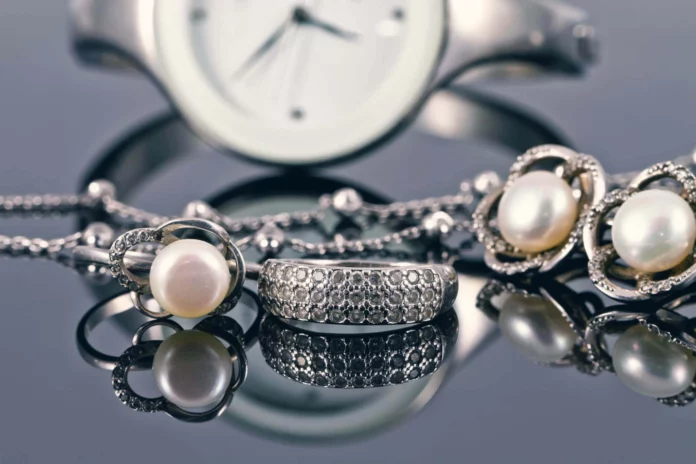Introduction: The Allure of Jewelry
Throughout history, jewelry has captivated human hearts with its beauty, symbolism, and cultural significance. From precious gemstones to exquisite metals, jewelry is a testament to human craftsmanship and creativity. In this article, we will unravel the science behind jewelry-making, from the mining of raw materials to the intricate art of crafting each piece. Additionally, we will explore essential tips for caring for your jewelry, ensuring its timeless beauty and longevity.
Unearthing Precious Metals and Gemstones
The journey of jewelry begins with the sourcing of precious metals and gemstones from the depths of the earth.
1. Mining and Extraction
Metals like gold, silver, and platinum are mined from the earth through various techniques, including open-pit mining and underground mining. Gemstones, such as diamonds, rubies, and emeralds, are also extracted from mines or alluvial deposits.
2. Sorting and Grading
Once extracted, raw materials undergo sorting and grading processes to determine their quality and suitability for jewelry-making. Precious metals are purified and refined, while gemstones are evaluated for their color, clarity, cut, and carat weight.
The Art of Jewelry Crafting
Creating jewelry is a delicate art that requires skill, precision, and creativity.
1. Design and Conceptualization
Jewelry designers conceptualize unique pieces, sketching their visions before transforming them into three-dimensional prototypes.
2. Metalsmithing and Stone Setting
Metalsmiths use various techniques, such as casting, soldering, and forging, to shape metals into intricate designs. Skilled artisans delicately set gemstones into the metal settings, securing them with prongs or bezels.
The Science of Gemstone Enhancement
Gemstones often undergo enhancement processes to improve their appearance and durability.
1. Heat Treatment
Heat treatment is a common enhancement process that alters a gemstone’s color or clarity. It can intensify hues, dissolve inclusions, and improve overall transparency.
2. Irradiation and Laser Drilling
Some gemstones, like diamonds and topaz, may undergo irradiation or laser drilling to enhance or remove certain characteristics.
Caring for Your Precious Jewelry
Proper care and maintenance are essential to preserve the beauty and integrity of your jewelry.
1. Regular Cleaning
Regularly clean your jewelry using mild soapy water and a soft brush. Avoid harsh chemicals or abrasive materials that may damage gemstones or metal surfaces.
2. Storage and Protection
Store your jewelry in a soft, padded container to prevent scratches and tangling. Keep each piece separate to avoid potential damage.
3. Professional Maintenance
Schedule regular visits to a professional jeweler for inspections, cleaning, and any necessary repairs.
Understanding Jewelry Hallmarks and Certifications
Hallmarks and certifications provide valuable information about the authenticity and quality of your jewelry.
1. Hallmarks
Hallmarks are markings stamped on jewelry to indicate the metal’s purity and the manufacturer’s identity. They serve as a guarantee of quality and authenticity.
2. Gemstone Certifications
Gemstone certifications, issued by reputable gemological laboratories, provide detailed information about a gemstone’s characteristics, including color, clarity, cut, and carat weight.
Conclusion: The Science and Artistry of Adornment
In conclusion, the science of jewelry combines the geological wonders of precious metals and gemstones with the artistry of skilled craftsmen. Each piece of jewelry is a testament to human creativity and the beauty of the natural world.
As you cherish and care for your precious jewelry, remember the journey it has undertaken from the depths of the earth to the intricate craftsmanship that adorns you. Embrace the allure of jewelry and the stories it carries, connecting you to generations past and generations to come.


